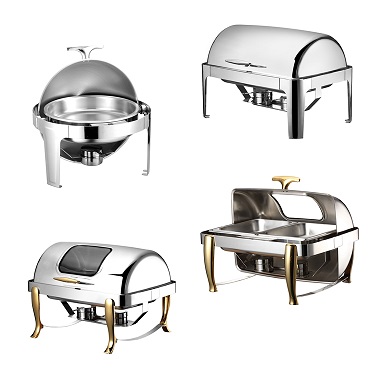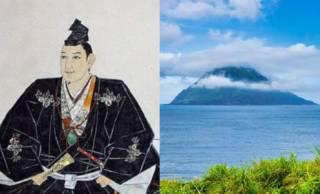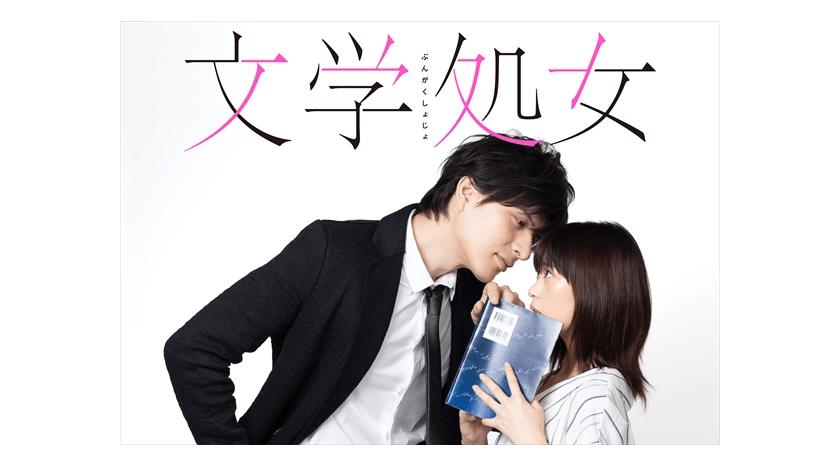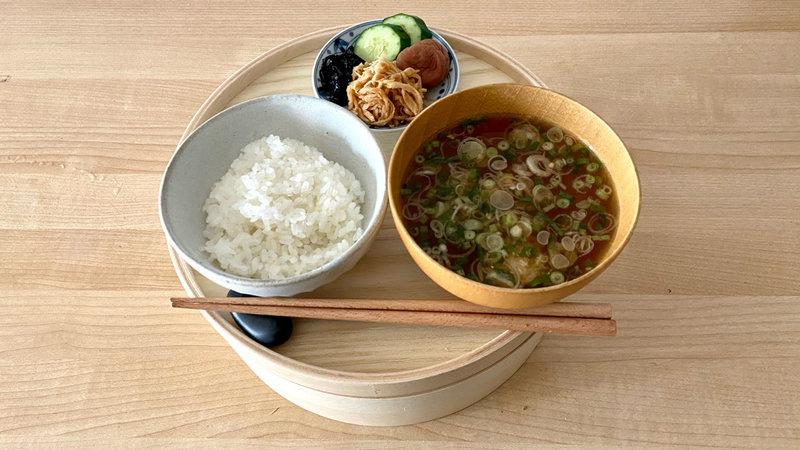[Review] The joy of touching the innovation and creativity of "true retro" "Showa Retro Modern-Western Tableware and Design Paintings-" Exhibition Aichi Prefectural Ceramic Museum-Art Exhibition Navi
In recent years, "Showa Retro" has been in the limelight as a nostalgic and new thing. In this exhibition, we focused on Western tableware, which developed as an export industry in the postwar period and was closely related to people's lives and realized high artistic quality. Only the first ones to be introduced at the exhibition. It's a wonderful product that is too regrettable to be buried in history.
Since the Meiji era, Western tableware production, which was pioneered by Japanese pottery (currently Noritake Company Limited) and Nagoya Pottery, has been booming with the entry of small and medium-sized pottery one after another in the Showa era. bottom. Here, Misato Toki Co., Ltd. in Aichi Prefecture, which was also called "Misato of Design" from among such manufacturers, will mainly exhibit Western tableware and design drawings that were made from the postwar period to the 1965s. In addition, we will also introduce products such as Narumi Ceramics in Aichi Prefecture, which is also known for its high quality, and Yamaka Ceramics, which was a leading Western tableware manufacturer in Gifu. Looking back on its history.
Western tableware that played a part in postwar reconstruction
Curator Seimei Irisawa, who was in charge of the exhibition, said, "It is described as Showa retro, but the real image is surprisingly vaguely known. Western tableware can be said to be the representative. I think. " Why is it representative? Not only does the design reflect the lifestyle of the time, but it was also an industry that quickly recovered after the war and contributed to exports. In the introductory section, "Western tableware in the postwar reconstruction period and its era," we will introduce such tableware immediately after the war.
Tableware with a high degree of perfection, which is unlikely to be several years after the end of the war, is lined up. GHQ is also interested in Japanese Western-style tableware, which has been highly evaluated since before the war, and it is said that full-scale production resumed from a relatively early stage while receiving preferential treatment in terms of securing raw materials and the exchange rate of exports. Mass production for "Marushin (delivery to the expeditionary force)" and PX (dedicated shop for the expeditionary force) will be carried out, and exports will resume as early as 1947. Products engraved with the words "MADE IN OCCUPIED JAPAN" were mainly sent to the United States.
Western dishes are named according to size and purpose. The most authentic set is called the "93 Piece Dinner Set", which is a full set for 12 people. You can also get this kind of mini knowledge in this corner.
This is made for the domestic market and comes with a platter and 6 cups and saucers. The sophisticated design is eye-catching. The saucer did not have a cup plate and could also be used as a cake plate.
The handle of the cup is twisted so that your fingers fit snugly and it is easy to hold. "In an era when the idea of product design was being established, such elaborate shapes were created," says Curator Irisawa.
Printing technology has advanced, and it is now possible to accurately reflect the touch of the original picture. This is from the work of Ryohei Koiso, a master of Western painting.
Introduced design certification system from early on
On the other hand, at that time, there was still little awareness of intellectual property, and export ceramics were protested by competitors such as the United Kingdom as "imitation of design", which could lead to diplomatic problems. It became a problem even among domestic manufacturers. Therefore, in 1956, the "Japan Ceramic Design Center" was established, and the preservation registration of designs was institutionalized. It can be said that ceramics was at the forefront of the times in this respect as well. The design certification registration ledger is on display at the venue, where you can learn about the progress of the industry toward modernization.
Western tableware during the period of high economic miracle-design Highly popularized by "distribution society"
In the next corner, we will take up Western tableware during the period of high economic growth in the 1950s and 1940s. In addition to exports, domestic demand has continued to grow, and it can be said that this is the era when the industry was most active. The design will be further refined.
Products by Russel Wright (1904-1976), an industrial designer representing the United States in the 20th century, were also made. Some of the products have been donated by Wright to the Metropolitan Museum of Art and are now in the collection. After the war, big designers representing Europe and the United States such as Wright, Walter Gropius, and Kaj Franck visited Japan to inspect and instruct each production area in Japan, and you can see the vigorous motivation of the production area to make better products. ..
With the expansion of the domestic economy, the cost of Western tableware production is rising. On the other hand, price competition is required for sales. There was an urgent need to develop new technologies, and each company devised its own manufacturing method. Narumi Corporation's "bone china products" have gained popularity both at home and abroad due to their clean white base, and have become the company's bestsellers.
Some people may think, "Have you seen it somewhere?" Tableware used in the Shinkansen dining car. NTBM is an abbreviation for "Nippon Shokudo," "Imperial Hotel Train Shokudo," "Buffet Tokyo," and "Miyako Hotel Train Shokudo." The dining car was connected the year before the opening of Hakata Station (1975). It has a linear shape that does not waste space when stacked and stored, and is designed to withstand dishwashers and microwave ovens.
The "distribution society" played a major role in the spread in Japan. In the latter half of the Showa 30's, with the advent of the Western food boom, Western tableware became widely used in ordinary households. Although the standard of living has improved, it was still difficult to buy dinner sets in bulk. Therefore, a system has been developed in which monthly purchases are made by application for each type of vessel. In some cases, if you purchase all the times, you will be given the privilege of winning three kinds of home appliances (TV, washing machine, refrigerator) by lottery. Some of you may remember those days as "nostalgic!"
![[Review] The joy of touching the innovation and creativity of 【レビュー】“真のレトロ”の先進性、創造性に触れる歓び 「昭和レトロモダン ー洋食器とデザイン画ー」展 愛知県陶磁美術館 – 美術展ナビ](https://website-google-hk.oss-cn-hongkong.aliyuncs.com/drawing/article_results_6/2022/3/4/a938313097a6988580a44a5bd234208d_1.jpeg)
![[Review] The joy of touching the innovation and creativity of](https://website-google-hk.oss-cn-hongkong.aliyuncs.com/drawing/article_results_6/2022/3/4/a938313097a6988580a44a5bd234208d_0.jpeg)
Designed Sango Toki
The birth of Sango pottery, the protagonist of this exhibition, dates back to 1932. Sango Toki Co., Ltd. was established in 1952 as a result of the merger of base production factories and painting companies. From early on, we were actively exporting to the United States, such as establishing a sales department company in the United States. We also emphasized design, and in 1953, we used the dispatch system of the Ministry of International Trade and Industry at that time to let designers study at American universities. Through these various advanced initiatives, we have developed "Misato of Design".
A product that stands out with its hand-painted paintings and vibrant colors. It seems that it is considered to be a special order product of Wako Co., Ltd. (former Hattori Watch Shop retail division) with which it had a close relationship. Its design is reminiscent of American Abstract Expressionism, which was sweeping the art world at the time. You can see the attitude of absorbing the latest trends and making use of them in product manufacturing.
I was also trying new innovations. There are still products featuring the Disney movie "101 Doggy" released in 1961. Curator Irisawa says, "I think it's a very early Disney movie character product in Japan."
From the latter half of the Showa 30's, Sango Toki switched its exports to the United States to high-end routes for department stores. The design has become even more original and sophisticated. "Misato of design" is established. "KYOTO" is a movie "Tora Tora Tora!" Produced in the United States in 1970, and has appeared as a prop in the scene of the dining table of the US Navy Admiral.
Products produced by incorporating the representative designs of each country such as Spain, Finland, and Japan. The gorgeous and diverse world view is advanced.
"Quad reel" is an English word that means a pair dance by four pairs of men and women. A dinner set with a novel shape based on a square, a design that represents Sango Toki at that time.
A modern and original design reminiscent of contemporary art. It will not feel strange if you put it in a modern house.
Postwar Western tableware with an excellent design even from the modern eye. Except for the major Noritake Company Limited, it is said that it has never been systematically introduced. The current situation is that even the products introduced in this exhibition are not valued. Curator Irisawa said, "The value of the Showa porcelain industry is still not understood. I hope that through these exhibitions, you will be able to reaffirm the reality and splendor of manufacturing in the era when it is said to be Showa retro." I was talking.
Exhibition name: Showa Retro Modern-Western tableware and design drawings-
Session: January 8th (Sat) -March 21st (Monday / holiday), 2022
Closed: Every Monday
Venue: Aichi Prefectural Ceramic Museum (Seto City, Aichi Prefecture, get off at Linimo "Ceramic Museum South" station, 600 m on foot)
Opening hours: 9:30 am to 4:30 pm (admission is until 4 pm)
Admission fee: 600 yen for general students, 500 yen for high school students, free for junior high school students and younger
Aichi Prefectural Ceramic Museum Official Website (https://www.pref.aichi.jp/touji/)
(Yomiuri Shimbun Art Exhibition Navi Editing Group Tadashi Okabe)






![lifehacker lifehacker LifeHacker LifeHacker A carabiner that is convenient for cutting packaging at the entrance. Excellent sharpness for medical blades! [Today's life hack tool] lifehacker lifehacker LifeHacker LifeHacker A carabiner that is convenient for cutting packaging at the entrance. Excellent sharpness for medical blades! [Today's life hack tool]](http://website-google-hk.oss-cn-hongkong.aliyuncs.com/drawing/223/2022-3-2/28016.jpeg)

![lifehacker lifehacker LifeHacker LifeHacker [2021] 7 Recommended Dishwashers | Introducing High Cospa & Compact Products lifehacker lifehacker LifeHacker LifeHacker [2021] 7 Recommended Dishwashers | Introducing High Cospa & Compact Products](http://website-google-hk.oss-cn-hongkong.aliyuncs.com/drawing/223/2022-3-2/30293.jpeg)
Kitchen Equipment Every Restaurant Needs
The IKEA wood box was a great help in preparing breakfast! There are too many other uses ~
lifehacker lifehacker LifeHacker LifeHacker [2021] 7 Recommended Dishwashers | Introducing High Cospa & Compact Products
Just put it on the cafe feeling at once!Enriched Cafe Item in Nitori (January 24, 2022) --Excite News